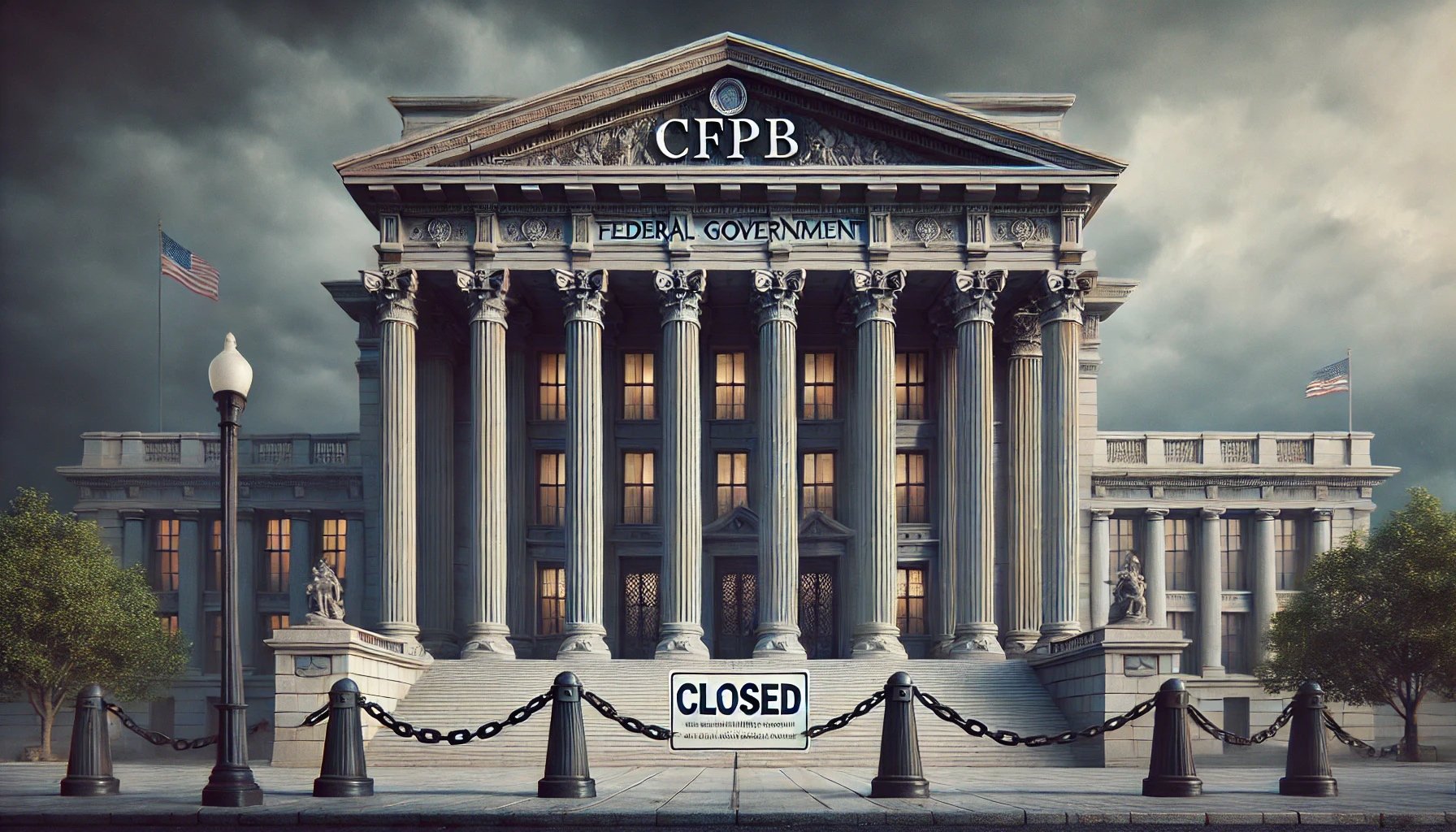RegComplyGPT BLOG

Navigating Regulatory Uncertainty: The Imperative for Mortgage Lenders and Servicers to Maintain Vigilant Compliance and Seize Strategic Opportunities
In recent weeks, the Consumer Financial Protection Bureau (CFPB) has experienced significant leadership and operational changes that have introduced a degree of uncertainty within the regulatory landscape. On February 1, 2025, President Trump dismissed CFPB Director Rohit Chopra, citing a need for a fresh direction at the agency. Shortly thereafter, Treasury Secretary Scott Bessent was named the agency's director and wasted no time in making sweeping changes. Within days of his appointment, Bessent ordered a halt to all CFPB activities, effectively freezing ongoing investigations, regulatory actions, and rulemaking efforts. This directive left many industry stakeholders wondering about the future of the CFPB’s enforcement mechanisms and whether existing regulatory frameworks would remain intact.
By February 10, 2025, Acting Director Russell Vought took the unprecedented step of instructing all CFPB staff to cease operations entirely. He ordered the Washington headquarters closed, a move that further underscored the administration’s commitment to limiting the agency’s role in financial regulation. The closure raised questions about the status of consumer complaints, pending enforcement actions, and the future of federal oversight in key financial sectors. The pause in regulatory functions left a temporary void in federal consumer protection efforts, effectively shifting the burden of oversight to state regulatory agencies and private litigation.

Enhancing Your Compliance Management System with a Governance, Risk, and Compliance (GRC) System
In today’s increasingly regulated business environment, compliance is no longer a “nice-to-have” — it’s an essential component for survival and growth. Financial institutions, particularly mortgage lenders and servicers, face increasing scrutiny from regulators like the Consumer Financial Protection Bureau (CFPB), Department of Housing and Urban Development (HUD), and others. To stay ahead, companies must not only manage compliance efficiently but also integrate governance and risk management into their processes. This is where a robust Governance, Risk, and Compliance (GRC) system comes in.

From Vision to Reality: The Journey to Creating RegComplyGPT
The idea for RegComplyGPT was born out of a desire to harness the power of artificial intelligence to streamline compliance processes and improve efficiency. In my role, I constantly encounter the need for quick, accurate, and reliable information to navigate the intricate web of mortgage regulations. Traditional methods were time-consuming and often prone to human error. I envisioned a solution that could leverage AI to provide precise and up-to-date compliance guidance, enabling professionals to focus on strategic decision-making rather than being bogged down by administrative tasks.

The Future of Compliance: How AI Will Transform Work Production for Mortgage Compliance Professionals
AI promises to revolutionize how compliance tasks are performed, enhancing efficiency and accuracy while allowing professionals to focus on more strategic activities. This transformation underscores the urgent need for compliance professionals to adapt to these new technologies sooner rather than later.